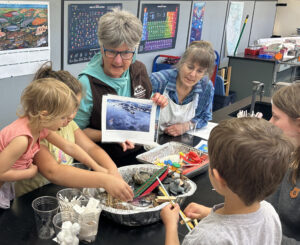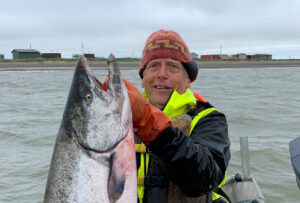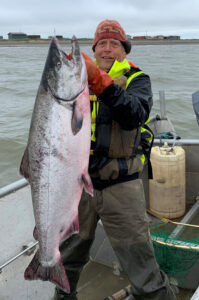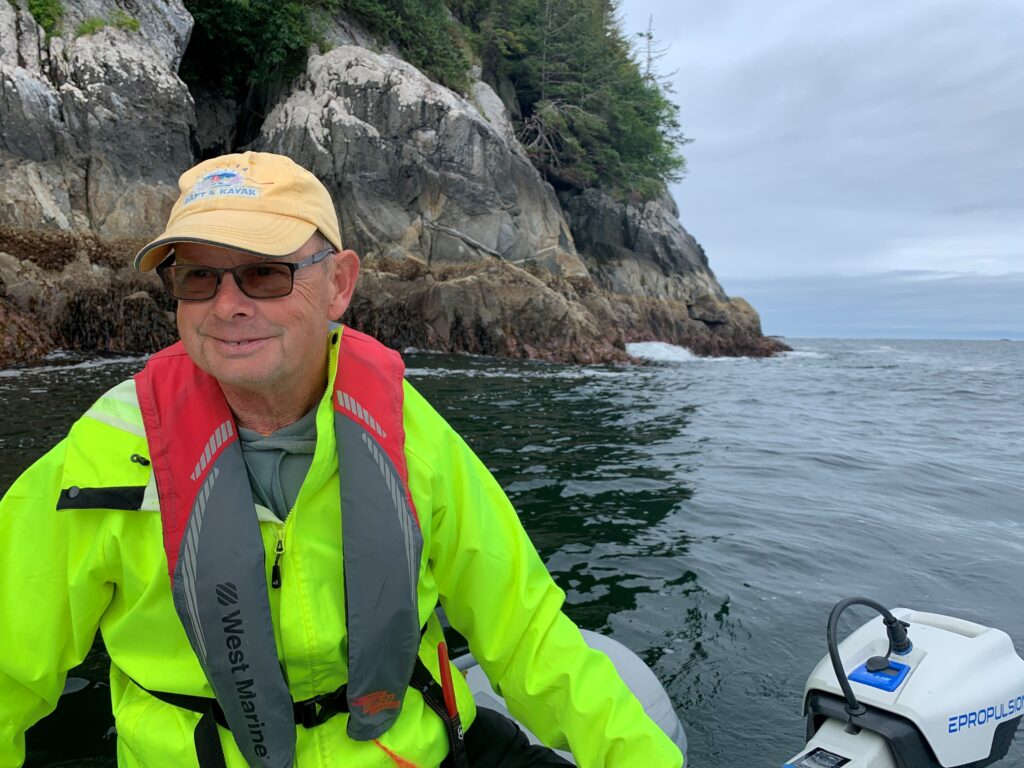Volunteer Spotlight
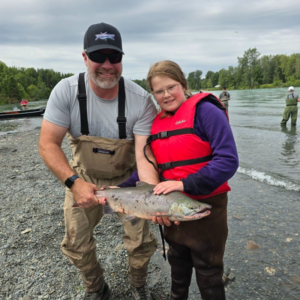
Matt Melton, like many others born and raised in Alaska, received an early education in oil spills. He was in fifth grade when he saw people on TV scooping up oil in buckets after the Exxon Valdez spill. His first instinct was to help. He asked his mom to take him to the cleanup but was told there were no hotel rooms in Valdez.
“Little did I know that this incident was going to have such an impact on my career,” he said.
Melton went on to study environmental science and technology at New England College during his undergraduate years, and later a master’s degree in organizational management at the same school. Then the 9/11 attacks happened.
“That was my first exposure to incident management,” Melton said.
New England College was close enough to New York that many students and the surrounding community were affected as many were during that time. As part of his studies, Melton assisted the campus operations team with crisis management planning. That experience set him on a career path in emergency response.
Today, Melton works in emergency response planning and training for PCCI, Inc., a Virginia-based company who maintains response equipment and conducts hazards training and exercises with global response teams.
Incident management, according to Melton, is a simple concept: assess, adapt, adjust, document, execute, and do it again. “It’s about preparing people to quickly and effectively solve complex problems during high-pressure emergencies,” he said.
Melton has responded to emergencies across different industries, ranging from oil spills to the COVID-19 pandemic. A key feature of a response is the Incident Command System, or ICS, a standardized emergency management structure first developed in the early 1970s to coordinate wildfire response. It has since been adopted for all types of emergency management.
Each response is different, and it’s impossible to plan for every detail in advance. He emphasizes that having the right people with the knowledge and experience to adapt is important.
“As soon as we’re done, we’re going to know how to do it,” Melton jokingly tells his trainees.
He pointed to the recent collapse of the Francis Scott Key Bridge in Baltimore as an example of large-scale emergency coordination. A ship lost power and collided with the bridge. The incident had the potential for major disruptions to regional and national transportation and economics.
“That was a massive collaboration of different entities. There were multiple entities represented in the Unified Command. You would think it would be crazy, but it went really smooth.”
Melton says training plays a critical role in effective response.
“People who don’t understand ICS get hung up on little things or let ego get in the way,” he said. “In Alaska, we train so much and focus on key operational aspects to achieve the objectives of the response.”
Melton sees a similar commitment to preparedness in the Council, where he serves as vice chair of the Oil Spill Prevention and Response Committee.
“We have a range of maritime and response experts who work who work hard to support the committee’s mission,” he said.
Melton volunteers for the Council because of what’s at stake.
“That pipeline and the ships that come in and out of Port Valdez represent a piece of the financial lifeblood of Alaska,” he said. “After any response, especially the Exxon Valdez, we learn a lot of hard lessons,” he said. “The RCACs, whether it’s Cook Inlet or Prince William Sound, don’t let folks forget where we ended and how we don’t want to go back there again.”
Melton adds that the industry and regulatory representatives who participate in the committee’s meetings are an important part of the process.
“They’re some of the biggest advocates for the environment and the people because they understand how critical it is to keep oil safely in the pipeline and on the ships,” he adds. “They don’t want spills any more than we do.”
